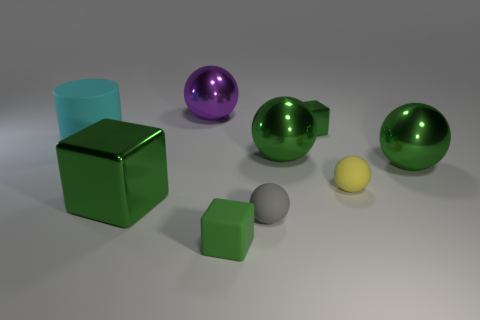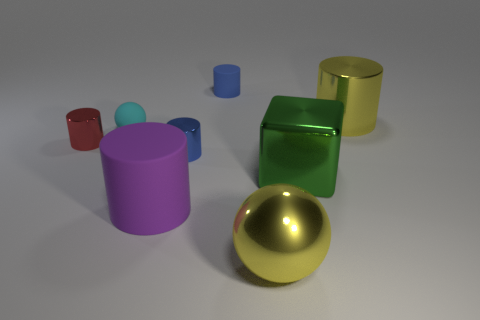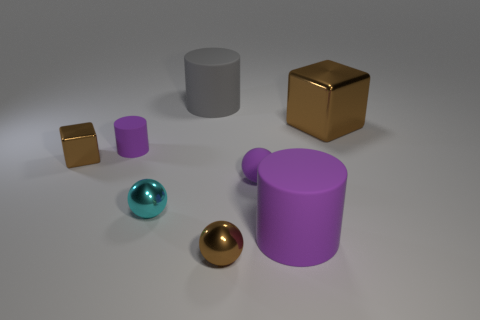In the next few interactions, the agents are presented with a different question. As before, the only thing the learner can do is create hollistic mappings between the observed question and the reconstructed meaning. However, most of these mappings will fail to generalise across scenes. At some point, the learner will find a form-meaning mapping that has a minimal difference with the previously acquired holophrase construction on both the form side and the meaning side. This is when the pattern finding mechanism that generalises over holophrases will come into play. The agent will capture the similarities in an item-based construction. This construction abstracts over the differences by providing open slots on both the form side and the meaning side. The agent also learns lexical constructions, for filling the item-based slots, and adds links to the categorial network. These links indicate which lexical items are suitable fillers for which item-based slots. Here, the 'substitution' variant of the generalisation learning mechanism is demonstrated, where the new form-meaning pairing differs from the holophrase construction by substituting a minimal difference. There also exists an 'addition' variant, where the new form-meaning pairing extends the holophrase constructions by a minimal difference, and the 'deletion' variant, where the new form-meaning pairing is a reduction of the holophrase constructions by a minimal difference.
At this point, the agent has acquired an item-based construction and two lexical constructions that are sufficient to cover both of the observed questions.


